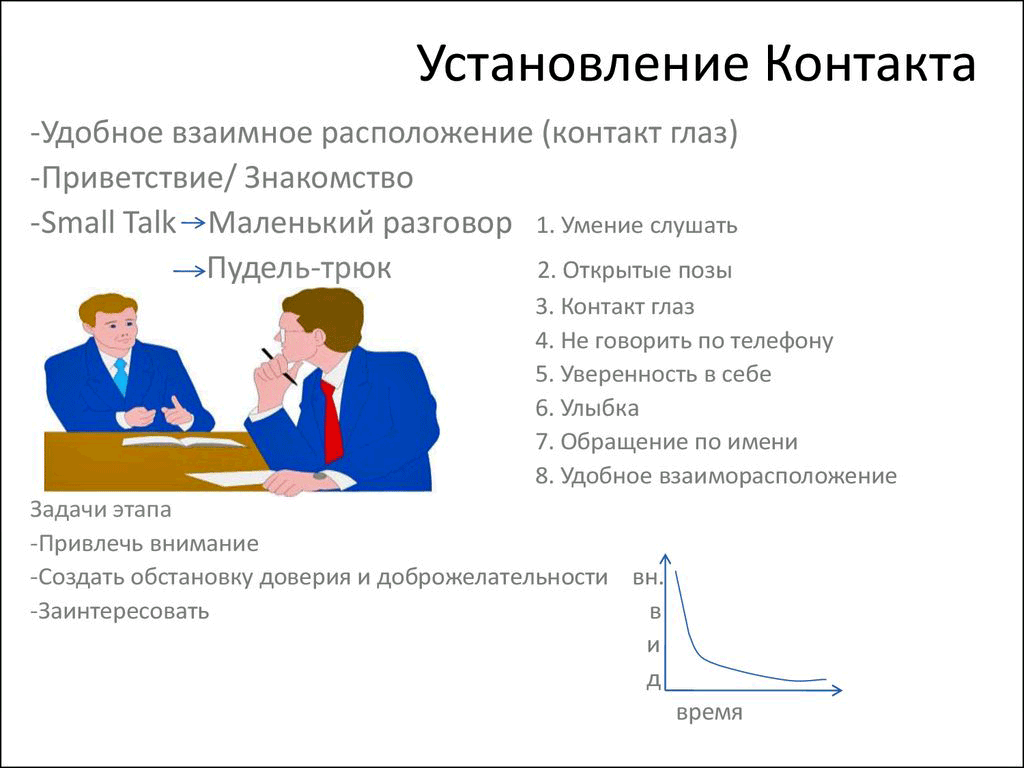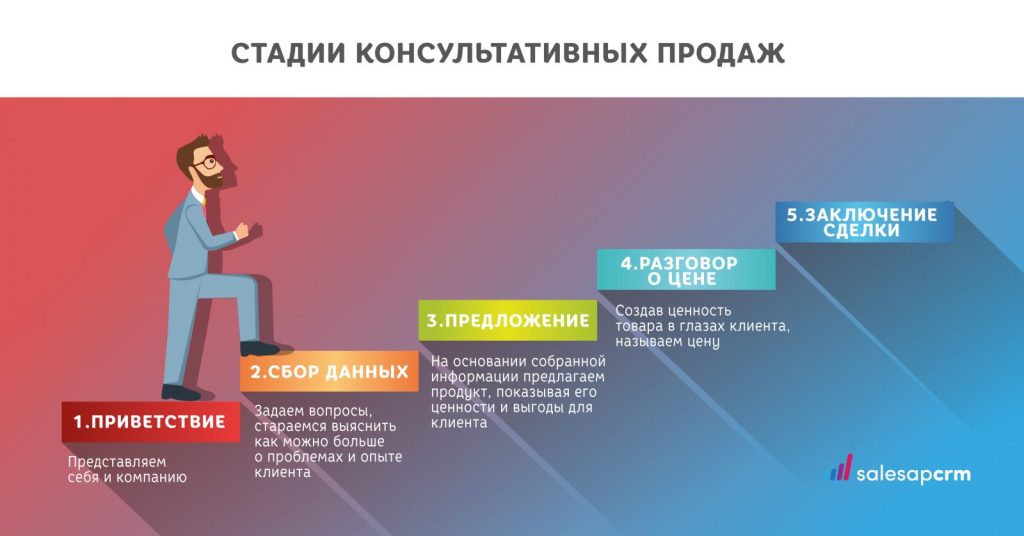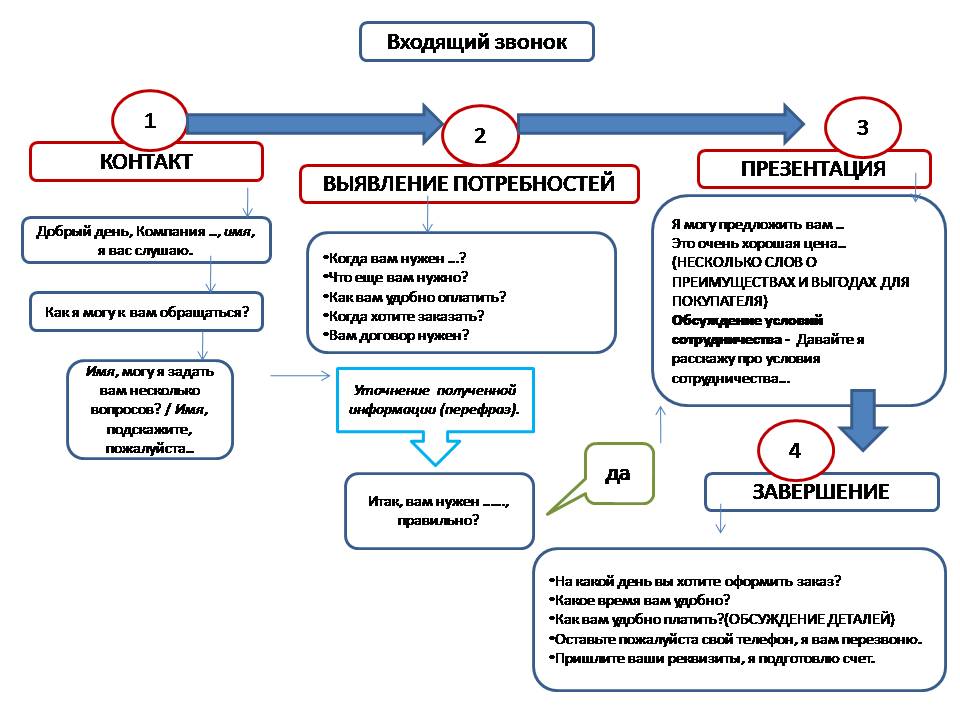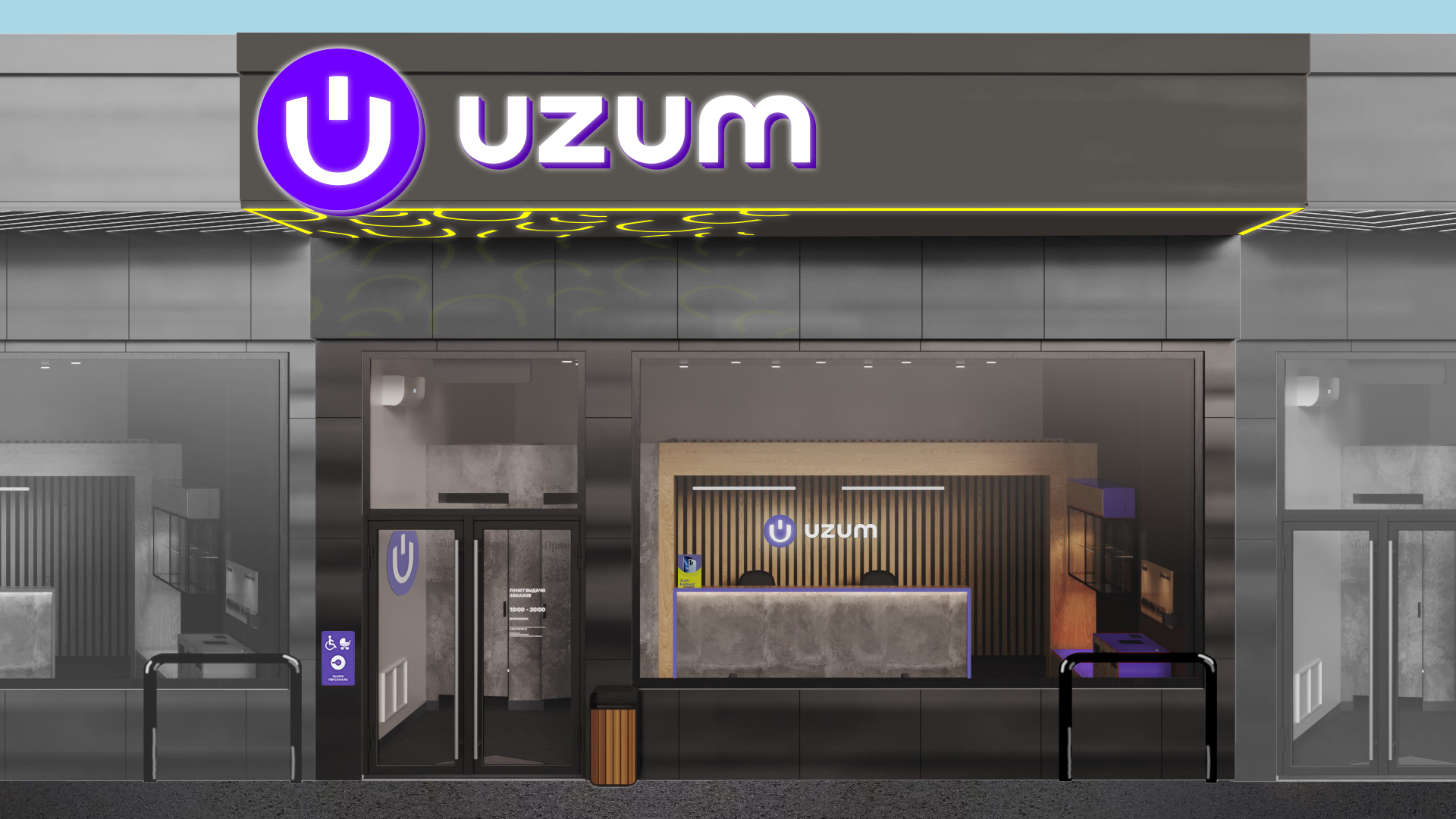Handling objections is a crucial step in any sales strategy. Objections can arise at various stages of the transaction, when the client encounters obstacles or doubts that prevent them from purchasing a product or service. By addressing different types of objections, the salesperson can effectively continue the conversation and address the buyer's concerns.
In this article, we'll look at one common type of objection: "No time." The process of handling this objection can be roughly divided into two stages. Let's take a closer look at each.
First contact
Imagine you called a client, started a conversation, and they immediately expressed a reluctance to talk. To determine whether this is an excuse or if the client genuinely doesn't have time, it's important to pay attention to their tone, the situation, and their behavior. Let's look at some example responses to the "No time" objection.
1.When the client is really busy:
Technique: Suggest another convenient time.
Situation: The client is telling the truth and is unable to communicate at this moment. This may be evident from the circumstances of the conversation, intonation, and background noise.
Sample response: "I understand this is awkward. When would be a good time to talk?"
- When a client doesn't want to communicate:
Technique: Working with emotions.
Situation: The client says he doesn't have time, but his intonation makes it clear he's irritated or uninterested in the conversation.
Sample answer: "In fact, this offer could save you over 300,000 rubles every month."

When making a proposal:
This stage is a continuation of the dialogue. The client hasn't completed the conversation but continues to seek reasons or explanations. To successfully overcome an objection
1. “There is no time” - it is important to distinguish between true and hidden objections
- True Objections: Technique: Ask questions to identify the root cause.
Situation: The client directly states the reason for his doubts or refusal.
Example question: “If you don’t have time, but you’re interested in the offer, what specific points are causing you doubts?” - Hidden Objections: Technique: Using a psychological approach.
Situation: The client does not voice the reasons, but may be uninterested or shy.
Sample answer: "This product is a limited edition product that will only be suitable for a select number of customers, and I believe it is perfect for you."
By taking these techniques into account, a salesperson can successfully handle the “No time” objection and continue a productive dialogue with the client.
- Lack of time = Lack of information about value
Option 1: Situation: The client expresses a lack of time, but knows nothing about the benefits of the product/service or the company you represent. The client likely doesn't want to waste time on something they don't think will be of interest and believes they can find the information themselves if they ask for it. Your task is to present the value of your offer to the client. To do this, use the following two techniques.
Technique 1: “For this very reason”
The bottom line: Highlights your understanding of customer value and meeting their needs.
Example phrases: "That's exactly why I contacted you—to provide you with a personalized offer and avoid taking up any extra time." "That's exactly why I'm calling—to arrange a time that works for you. Can you tell me when you're available next week?" "Efficient time management can improve client retention and overall results. That's something I'd like to discuss with you in person."
Technique 2: "On the customer's path"
The point: Express empathy, share similar experiences and examples to show that you have been in a similar situation.
Example phrases: "I understand perfectly well that you don't have the time to deal with this right now, or you don't even want to pay attention to it. I didn't understand the importance of cryptocurrencies either once, but after delving deeper into the subject and studying the materials, I realized the time spent was worth it. I can save you time, and I can tell you about it much faster."
- No time = No value for the client
Situation: The client claims to be busy, unaware of the benefits of your offer and company. They feel like they're wasting their time, as they don't see the benefit in your proposal, and think they can always get the information themselves if needed. However, there are two effective techniques that will help you convey the value of your offer to the client.
Technique 1: “For this very reason” This technique involves emphasizing that your offer is truly beneficial to the client and meets his interests.
Example phrases: "That's exactly why I contacted you—to provide you with a personalized offer without taking up too much of your time." "That's exactly why I'm calling—to arrange a time that's convenient for you. Can you tell me when it would be convenient for you to discuss this?"
Technique 2: "On the Customer's Journey" The essence of this technique is to express understanding and empathy by sharing your own similar experience to demonstrate that you have been in a similar situation.
Example phrases: "I completely understand that you're having trouble finding time for this conversation. I, too, once doubted the importance of cryptocurrencies, but after delving deeper into them, I realized how valuable they are. I'm willing to save you time by explaining this quickly and concisely."
Preparing to Overcome the Objection in Advance: This objection typically arises early in the conversation, making it difficult to proactively address it. However, there are several approaches that can reduce the likelihood of its occurrence.

Key principles for handling objections
First of all, it's important to follow the general principles of handling objections. So, what methods can help prevent the "no time" objection before it arises?
- Choosing a convenient time to contact. Based on statistics, the best times to call are between 10:00 AM and 12:00 PM and between 2:00 PM and 5:00 PM, depending on your time zone.
- Use an engaging greeting. Add a phrase that will grab attention and immediately clarify the availability of a call at a time convenient for the client. If the client is interested, they may be willing to discuss the matter even during the call.
- Emphasize the short timeframe upfront. Emphasize that your goal is to save the client's time, for example: "I won't take up much of your time; it'll only take me two minutes to set up a meeting."
- Address the causes of objections. Continuously improve your products, services, or company. This can reduce the overall number of objections.
- Use anticipation. In the conversation, point out an objection the client might raise: "I'm calling to offer you a special promotion. I understand you may have limited time, but this promotion is time-limited. Can I have two minutes to tell you about it?"
If you're struggling with negotiations, Netology's "Negotiations and Communications" course will provide you with effective tactics and strategies for successful deals! Learn more by following the link.
Ultimately, overcoming the "No Time" objection is not only a sales step but also a communication skill. The key rules for handling this objection are as follows:
- Refusing contact does not mean a final refusal;
- Dealing with real objections, not excuses;
- If you fail, change your approach. Repeating the same information will not lead to success;
- Listen carefully to your customers; even details can reveal the true reasons for refusal.
More about methods for handling objections
Option 1
This method can be called "Turning an Objection into an Advantage." Here, we structure the dialogue in a way that emphasizes the unavailability of our time and the high status of our attention. At the same time, the understanding that our time is valuable is conveyed to the client. It looks something like this:
- I don't have time.
— Me too. Unfortunately, I can only spare you 5 minutes. After all, I have a lot of clients to talk to.
Option 2
The second option is simple and ideal for cold calling. Here, we don't put the client on hold, but rather offer to clarify a suitable time for a conversation. However, it's important not to overuse this tactic, as the reasons for "no time" may not always be obvious:
— Please indicate when it would be convenient for you to discuss our information, and when we can call you back?
Option 3
In this version, we use the "Boomerang" method, complementing the client's words and returning them. We don't ask again, but merely complement them. The phrase "that's why" comes in handy here:
— That’s why my call is to formulate the best offer, saving you time.
Option 4
This method can be described as "Understanding - Thinking - Understanding." Here, we argue the client's doubts based on our experience, understanding, and changing opinions. This helps us understand their position and convince them:
"I understand how important time is. I used to think it wasn't that significant. However, after looking into the matter more deeply, I realized it brings significant benefits."
Option 5
Here we use the "Just a reminder" method, deceiving the client with a trick while simultaneously reminding them of the benefits. It's important not to turn this into manipulation, but to emphasize the limited nature of the offer:
"I understand. I'm just reminding you that this promotion is limited in quantity and time. We can submit your request, and our manager will answer your questions."
Option 6
The final method is a classic, proposed by cold calling expert Stephen Schiffman. We share the experiences of clients who initially had similar doubts, but then realized the benefits of our approach:
"Our clients initially thought it wasn't worth their time. However, after learning the details, they became satisfied customers."

Conclusion
In conclusion, effectively handling the "No Time" objection not only contributes to successful sales but is also a key element of communication mastery. From the very beginning of the conversation, preparation and a strategic approach play a significant role in minimizing this objection. Tactics such as choosing a convenient time to call, an engaging greeting clarifying the call time, and emphasizing saving the client's time help create a positive impression and reduce the likelihood of refusal.
Additionally, a deep understanding of customers and careful listening to their reactions allow you to identify the true causes of objections and focus on effective interactions. Anticipation techniques, introducing interesting details, and working to improve products or services create the foundation for successfully handling the "No Time" objection.
Finally, it's important to remember that refusing to engage isn't a final refusal, but rather a challenge for a deeper and more constructive dialogue. Flexibility in approach and adaptation to the client's needs are essential components of successful interaction. With the right methodology and techniques, overcoming the "no time" objection can be a key step in achieving your goals and developing effective communication skills.







